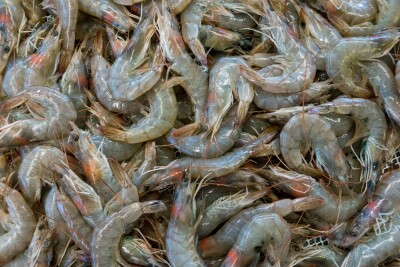Forces are aligned for a nice pay day for Alaska’s salmon fishermen.
There is no backlog from last season in cold storages, a lower harvest forecast is boosting demand, prices for competing farmed salmon have remained high all year and a devalued U.S. dollar makes Alaska salmon more appealing to foreign customers.
“Over the past year the dollar has weakened 11 percent against the euro, 9 percent against the British pound, 5 percent against the Japanese yen, and 7 percent against the Chinese yuan. That makes Alaska salmon and other seafood more affordable to those top overseas customers,” said Garrett Evridge, a fisheries analyst at the McDowell Group.
Last year, Alaska seafood exports set records in terms of volume and value — 1.1 billion metric tons valued at $3.45 billion. Alaska salmon accounted for 22 percent of the volume and 36 percent of the value.
On the home front, the weaker dollar will make imports from Chile, the largest farmed salmon importer to the U.S. followed by Norway, more expensive. That also will apply to imports of competing wild salmon from Canada where — if it materializes — a big sockeye run is predicted at nearby British Columbia.
“About every four years we expect a relatively large harvest from the Fraser River run in B.C. In 2014 they produced about 83 million pounds of salmon and sockeye was the largest component,” said Evridge. “Likewise, a weaker dollar will make wild salmon imports from Russia and Japan more expensive for U.S. buyers.”
Russia, which had grown from a $10 million customer of primarily pink salmon roe to $60 million in 2013, has banned all imports of U.S. seafood since 2014. Meanwhile, that country continues to send millions of tons of salmon and other seafood into the U.S.
For example, 2017 trade data from the NMFS shows that Russia sent nearly four million pounds of frozen sockeye salmon to the U.S. valued at just over $13 million, a $2 million increase over the previous year.
Alaska’s salmon forecast for 2018 calls for a harvest of 149 million fish, down 34 percent from last year.







